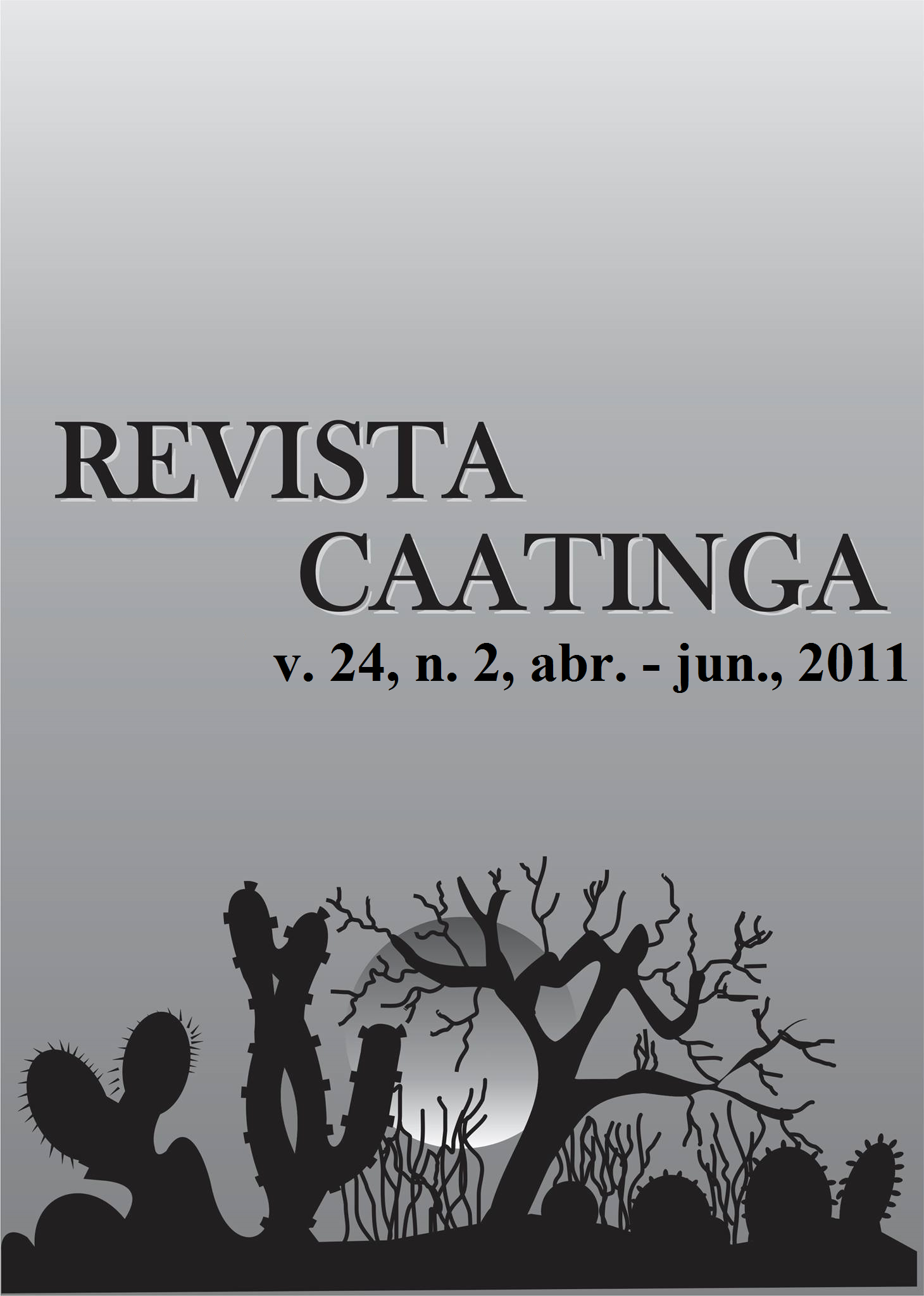CHARACTERIZATION OF THE TREE COMPONENT IN A SEMIDECIDUOUS FOREST IN THE ESPINHAÇO RANGE: A SUBSIDY TO CONSERVATION
Palavras-chave:
Floristic similarity. Iron Quadrangle. Mata do Jambreiro. Minas Gerais. Phytosociology.Resumo
This study was conducted in the Private Reserve Mata do Jambreiro (912 ha), localized in the Iron Quadrangle, Minas Gerais, southeastern portion of the Espinhaço Range, which is predominantly covered by semideciduous seasonal montane forest. Three topographically and physiognomic similar areas located within a continuum forest fragment, distant by 1.3 to 1.5 km were sampled by the point-quadrat method. In each area, 30 points were marked. Individuals with a minimum perimeter at the breast height (PBH) of 15 cm were sampled, totaling 111 species belonging to 40 families. The most representative family was Fabaceae, with 14.29% of the total number of species. Low floristic similarity (5.3% to 34.4%) was observed between the areas, pointing out the importance of distribution of sample units in continuous fragments. Shannon diversity index (H') found was 4.22 and Pielou equability (J) 0.894. Soil analysis showed some differences in chemical composition between the three studied areas and was an important component for the interpretation of the floristic variation found. The low floristic similarity observed here for close areas justify the requirement of more detailed inventories by Brazilian Environmental Agencies for the legal authorization procedures prior to the establishment of new enterprising projects. Also, the professionals that conduct rapid inventories, mainly the Environmental Consultants, should give more attention to this kind of floristic variation and to the methods used to inventory complex forests.Downloads
Downloads
Publicado
Edição
Seção
Licença
Os Autores que publicam na Revista Caatinga concordam com os seguintes termos:
a) Os Autores mantêm os direitos autorais e concedem à revista o direito de primeira publicação, com o trabalho simultaneamente licenciado sob a Licença Creative Commons do tipo atribuição CC-BY, para todo o conteúdo do periódico, exceto onde estiver identificado, que permite o compartilhamento do trabalho com reconhecimento da autoria e publicação inicial nesta revista, sem fins comerciais.
b) Os Autores têm autorização para distribuição não-exclusiva da versão do trabalho publicada nesta revista (ex.: publicar em repositório institucional ou como capítulo de livro), com reconhecimento de autoria e publicação inicial nesta revista.
c) Os Autores têm permissão e são estimulados a publicar e distribuir seu trabalho online (ex.: em repositórios institucionais ou na sua página pessoal) a qualquer ponto antes ou durante o processo editorial, já que isso pode gerar alterações produtivas, bem como aumentar o impacto e a citação do trabalho publicado (Veja O Efeito do Acesso Livre).







